Share
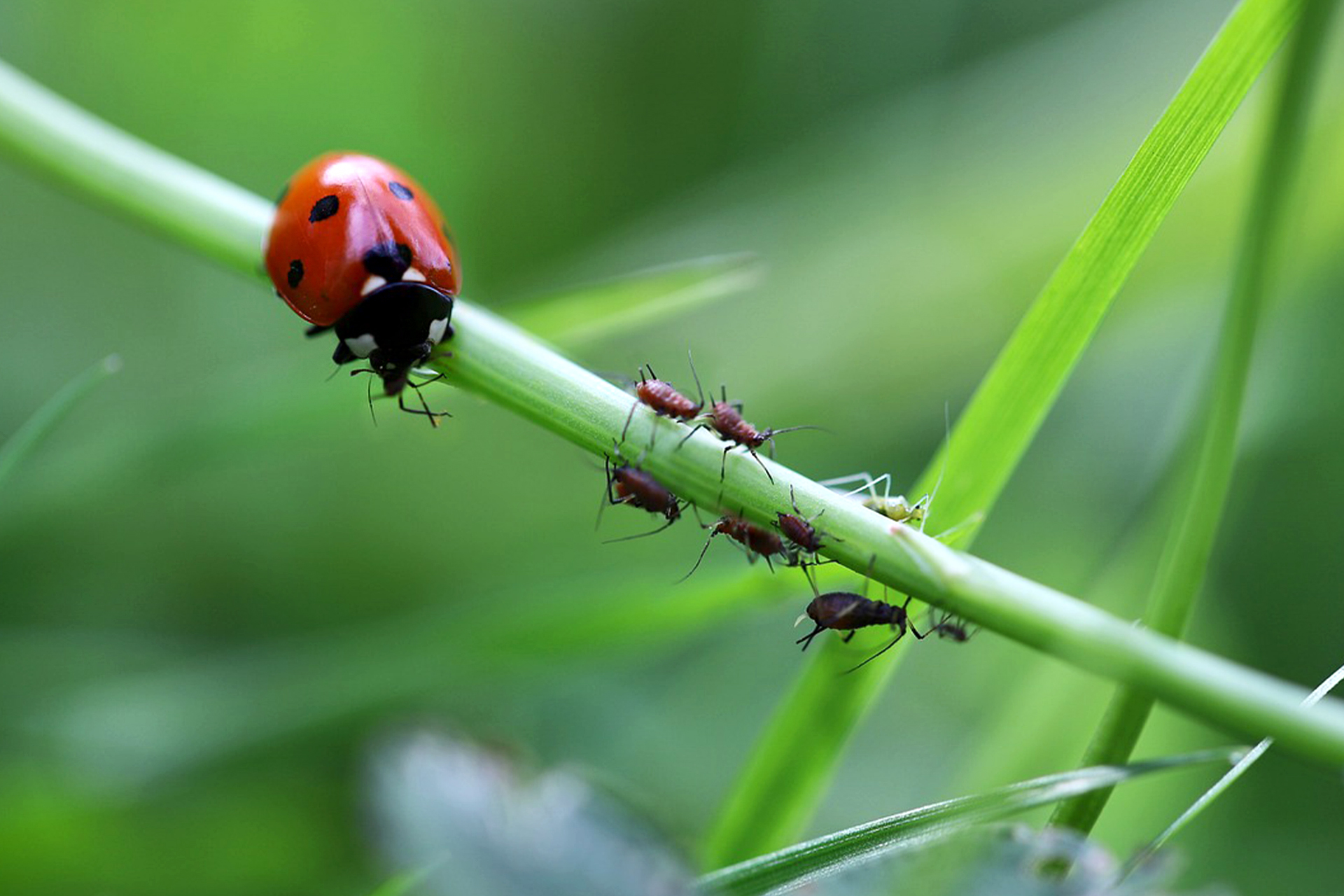
How To Take Out Garden Pests With IPM
Integrated pest management or IPM can be a daunting term when you hear it thrown around with no explanation. What makes IPM any different than just spraying some pesticide or weed spray and calling it good? Where does the “integrated” come into play? Fret not! Once you know the basics of IPM and some examples, it’s not only easy to understand, it’s also easy and effective to put into action.
IPM is a way of looking at pest control that takes into account the entire environment around a given pest and aims for long term control of that pest by using multiple different methods. This might sound a little broad but that’s actually a good thing because that means you can apply it to just about any pest from sugar ants in your home to nasty thistle popping up in your garden and everything in between. IPM is frequently shown as a pyramid with 4 levels. From top to bottom these levels are chemical, biological, physical, and cultural. Each level represents a different type of pest control method, with the idea being that you start at the bottom of the pyramid and work your way up as needed or use multiple levels at once to really pack a punch against your particular pest.
The most important part of IPM though is identification. This isn’t part of the pyramid but it’s the step you need to take before even getting that far. ID your pest! If you don’t know what you’re fighting against then you don’t know what to treat it with. Countless things can cause brown leaves in houseplants for example, but if you go spraying your plants down with harsh chemical pesticides when the problem was overwatering the whole time then you’ve not only wasted your time, effort, and money but you’ve also potentially created an environment for new pests and problems to arise. Think of it the same as an injury. You wouldn’t treat a small burn on your hand with a leg cast, but if you did you’re opening yourself up to a whole new set of problems while not even addressing the original issue. IPM is the same way. Identify what the problem is and once you know that it’s for sure a pest and which pest you can get into the pyramid.
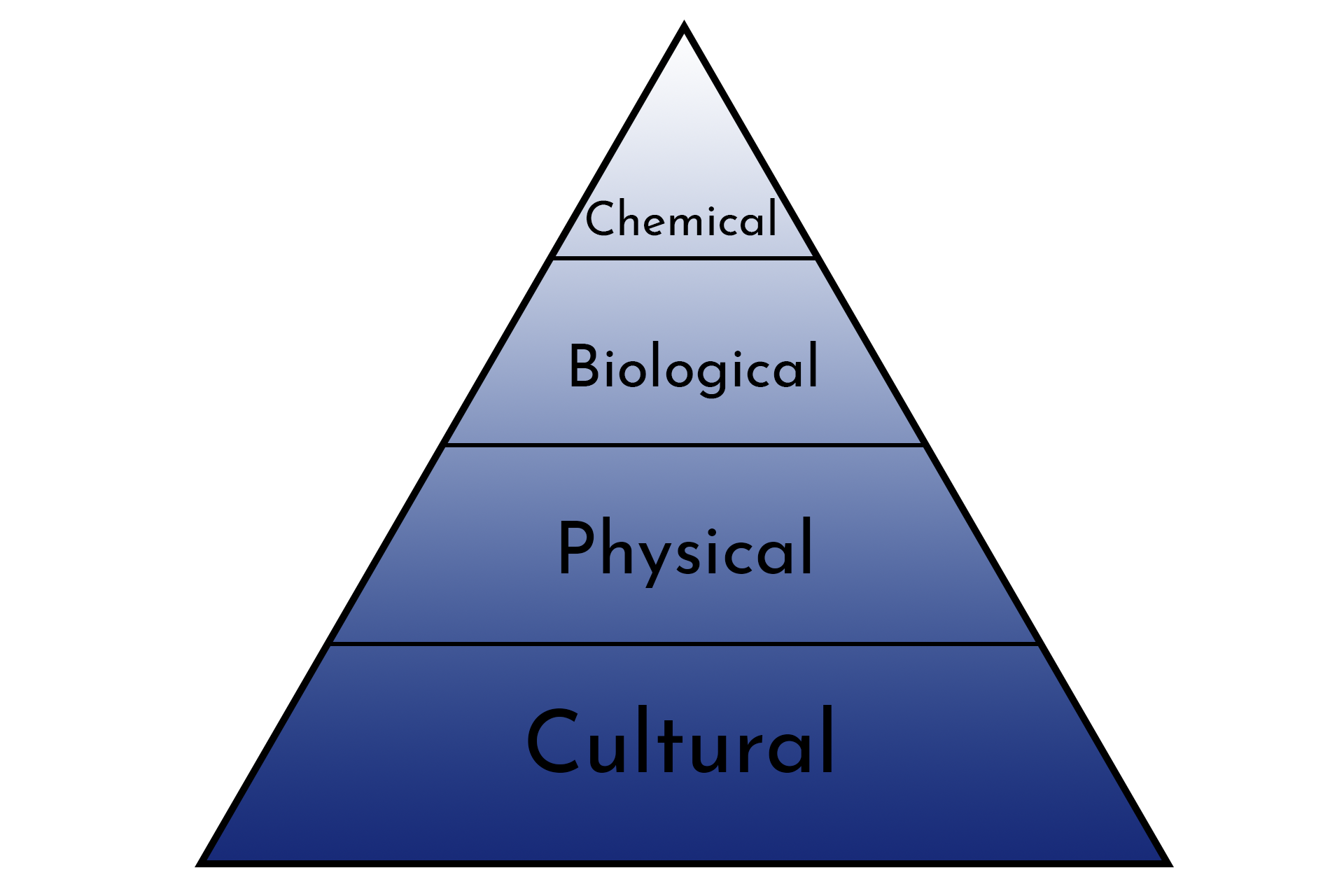
Now the first level of the pyramid is cultural. This is going to be your daily habits. Things like changing how much or when you water, cleaning your gardening tools between use, and selecting plants that are less prone to pests in the first place are all examples of the cultural level. These aren’t always the easiest things, but they’re the safest and where you should always try to start. Going back to our earlier examples, you can keep sugar ants out of your home by making sure you put all of your trash in the trash can or you can keep thistle out of your yard by making sure you and your pets don’t accidentally track the seeds home in your clothing or their fur after walks. These are both cultural methods to pest control.
Next on the list is physical and this is exactly what it sounds. See a weed? Pull it. There’s your physical method! This also can work for insect pests you may find in your garden. Crushing hornworms that you spot on your vegetables before they can do too much damage or blasting aphids off a plant with your hose are great examples of physical pest control. This is the step can be the easiest and with the most immediate results, but if you’re dealing with a large amount of pests, pests that aren’t effectively removed by physical means, or pests that are especially pesky due to their size or ability to hide, then you will likely need to bump up to the next level.
Level 3 is biological. This is going to be things like bug repelling plants and beneficial insects that naturally prey on your pest. Planting marigolds alongside certain vegetables is a great biological control method as marigolds naturally put off a scent that deters bugs and can keep your veggies safe from insect invaders. Ladybugs are another prime example of biological controls as they naturally prey on pests like aphids that can be overwhelming to try to control by physical means. Praying mantids are another great example, as are birds that you can attract to your yard with something as simple as a bird bath who will then hang out and pick off any bugs for you.
Lastly is the chemical level. The reason this is the last step is because it can be the most risky. Some pesticides are hazardous for us to handle, and even the ones that aren’t hazardous to us disrupt more than just your target prey species, which can lead to more problems later on if you aren’t careful. Think of the chemical level like taking antibiotics. You don’t want to just skip right to taking antibiotics for the smallest things because that’s how you wipe out the good bacteria in your body too, leaving you open for much nastier bacteria to make you really sick. That being said, antibiotics can also very easily be life saving when used properly. Pesticides are the same way, use them for the wrong thing and you’ve set yourself up for worse things to move in, but if you use them correctly then you can save your plant’s life quickly and easily. This is another reason why identification is so important. Different pesticides work for different pests. Spraying a weed killer when your problem is spider mites isn’t going to help anyone, least of all your ailing plant. Even using the incorrect insecticide can mean killing off the good bugs while letting the problem bugs get away unharmed. Always read insecticide labels and have your pest IDed to be sure you’re using the proper product.
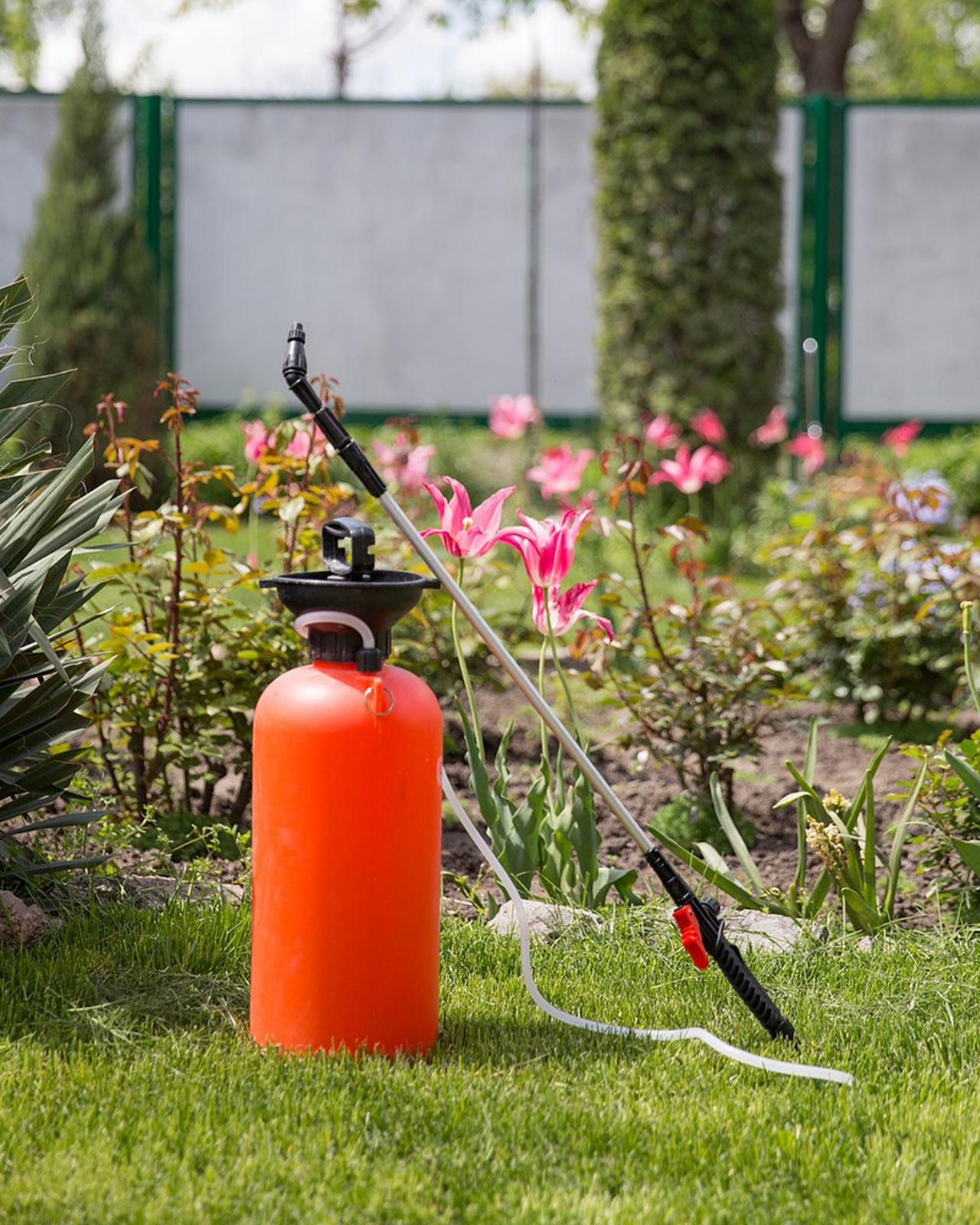
Sometimes though, doing one level of the IPM pyramid at a time just isn’t enough. If you have a lot of pests, especially tough pests, or simply just want them gone faster, you can combine multiple levels at once to have a greater impact. For example, you may spray weeds in your lawn and then mow after to keep them from going to seed while killing their roots. This would be a mix of physical and chemical methods. For sensitive gardens like organic food gardens, you may want to rely on a combo of physical and biological methods like physically removing any hornworms you find while encouraging predators to come into your garden and snack on the ones you may miss. One of the most effective combinations though is biological and chemical, where a pest’s natural predators and pesticides join forces to wipe it out of your yard. A great example we often see is using both ladybugs and chemical insecticides to take on very common and numerous pests like aphids that may require a multifaceted approach to keep them at bay. The trick to any combination though is to make sure that your two control methods don’t cancel each other out. This means not pulling freshly sprayed weeds as they haven’t had the time to absorb the herbicide and die off yet which renders both methods useless, or making sure you use insecticides that are ladybug friendly so you don’t kill off your pest control partner in the process.
A variety of insecticides are actually “ladybug friendly”, meaning that when you use them properly you can freely use them alongside ladybugs to take out a range of garden pests. Neem oil and insecticidal soap are two fantastic and commonly used insecticides that can be safe to use around ladybugs.Some caterpillar specific and other single bug type targeting insecticides are also safe to use with ladybugs so you can take out a variety of different pests all at once. The key with the majority of these insecticides is that you need to give them and the ladybugs their own time to work. For some that will mean letting the ladybugs have a few days head start and then spraying, for others it’ll mean spraying first and letting the insecticide dry fully, usually overnight at the least, before letting the ladybugs clean up what’s left. It’s also critically important to use everything according to the label! This way you not only keep your ladybugs safe but also you, your family, and other plants and animals. Keep in mind that just because an insecticide is ladybug friendly doesn’t mean it’s friendly to all of your beneficial insects though. Always read the label to double check that a given pesticide takes out your intended pest while leaving your specific beneficials unharmed.
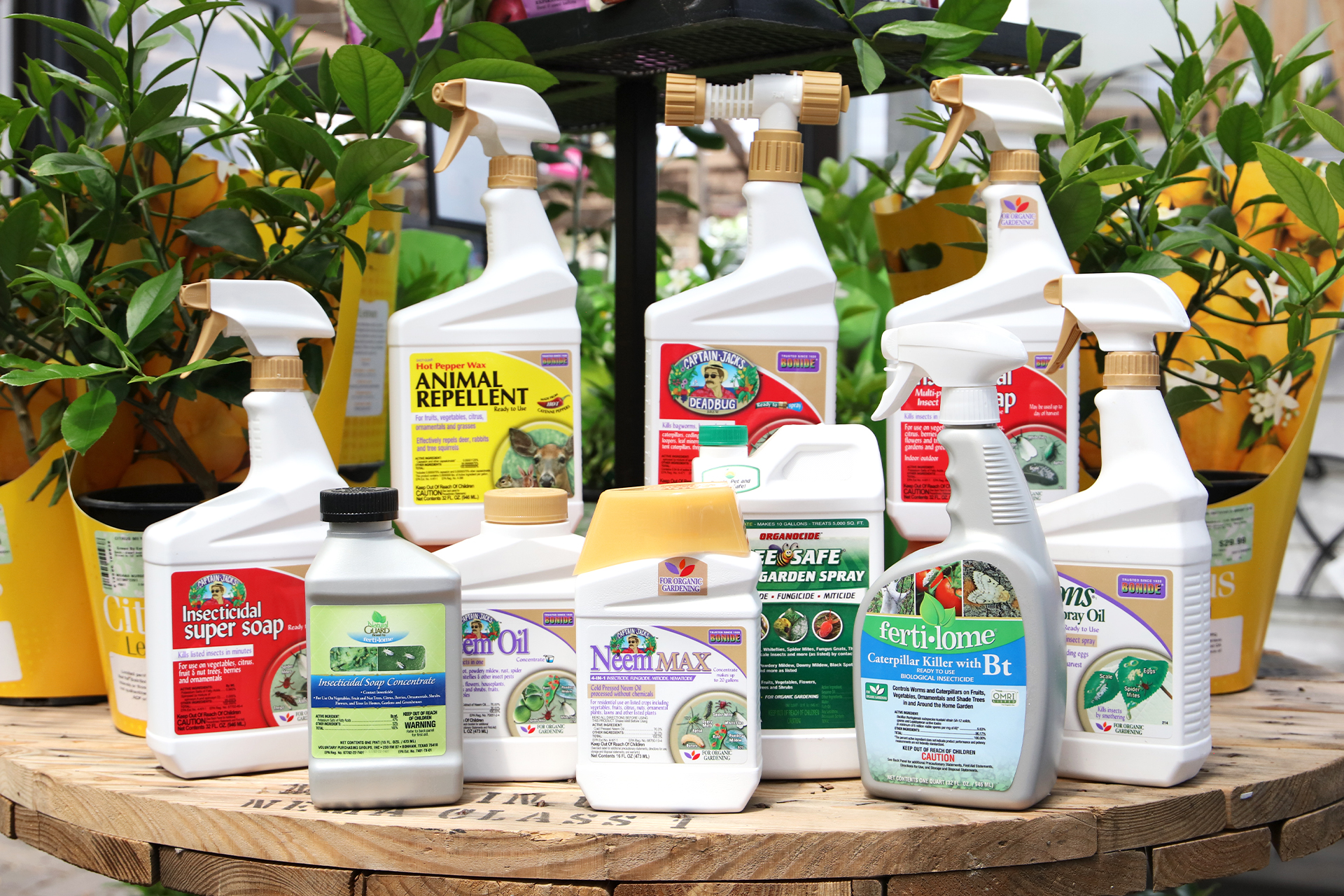
While using ladybugs with insect controls means making sure you double check that everything is safe to use together, you also need to be mindful of mixing your beneficials. Ladybugs are great on their own or paired with lacewings, but neither of those can be mixed with Praying Mantises, which will eat both of them along with your intended targets. Even physical methods like hosing down your plants can kill ladybug eggs and larva if you’re not careful! Learning how to identify ladybugs and other beneficial insects at all stages of their life can be just as important as IDing your pests. In order to combine multiple pest control methods at once, you need to know how all of your methods interact so you can get the best outcome possible.
Next time you find a pest in your yard, remember the 4 levels of IPM and find what works for your specific garden and gardening style. Different methods that work great for you might not work so well for others, and you may need to adjust over time to get the results you want or to handle new challenges as they crop up. If you ever have questions on pest ID, treatment methods, or gardening in general, don’t hesitate to reach out to our Plant Doctors. You can speak with one in person at any of our locations or contact them online at plantdoctor@moananursery.com with any and all garden questions. Now let’s keep the pests at bay this growing season and garden in confidence!

If you have any questions, stop by any one of our three Moana Nursery garden centers or contact us online.
Share
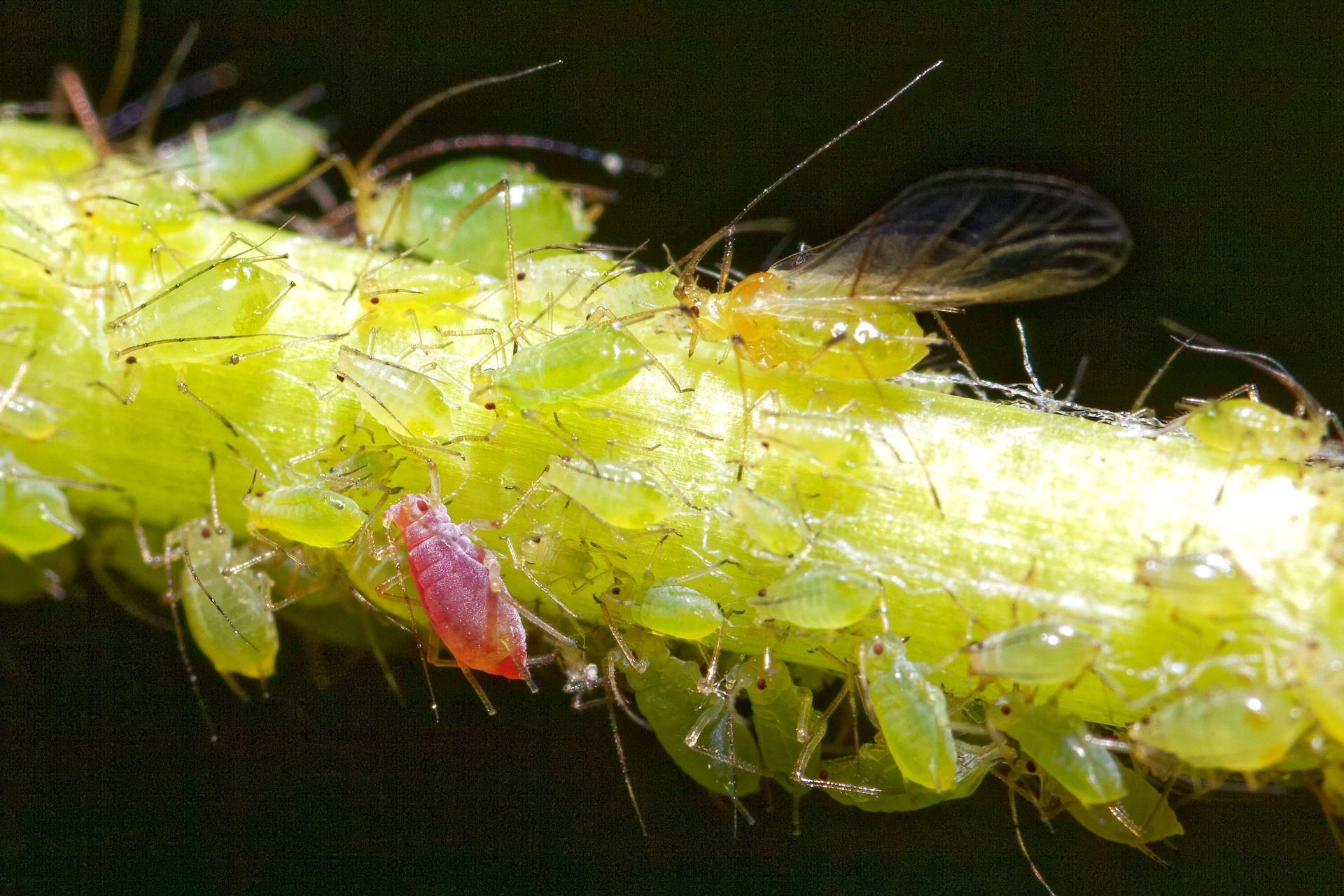
As gardeners tend to their plants during peak gardening season, an unwelcome visitor often makes its presence known—the aphid.
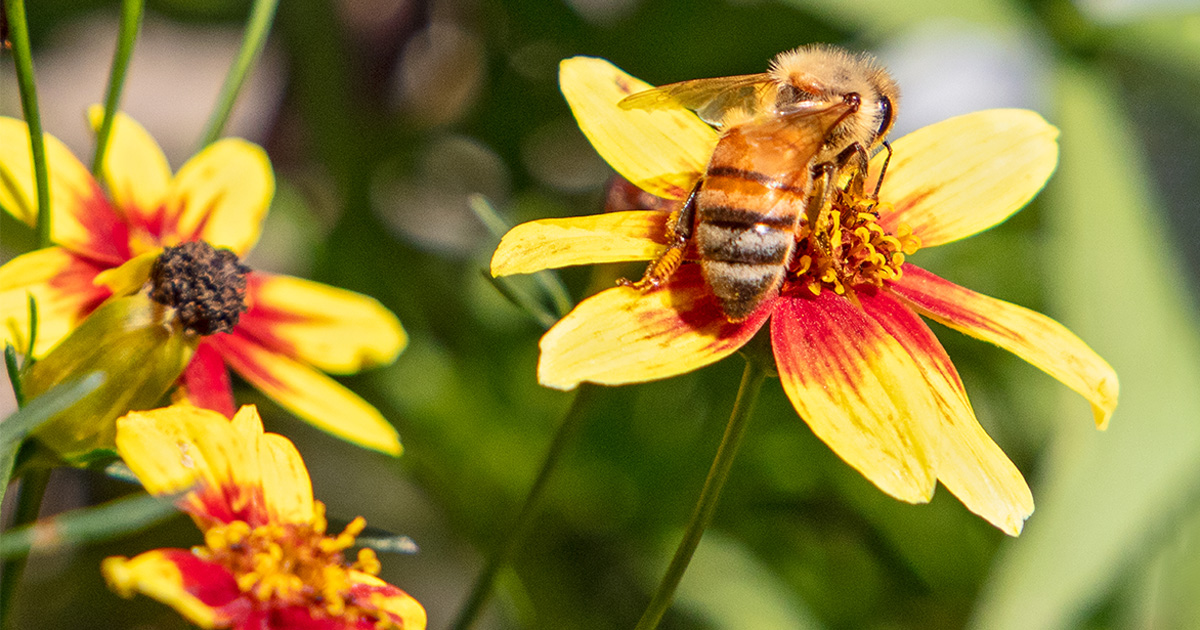
Learn why Beneficial Bugs are so important in Northern Nevada and what types of plants to plant in your garden or landscape to attract and keep them.
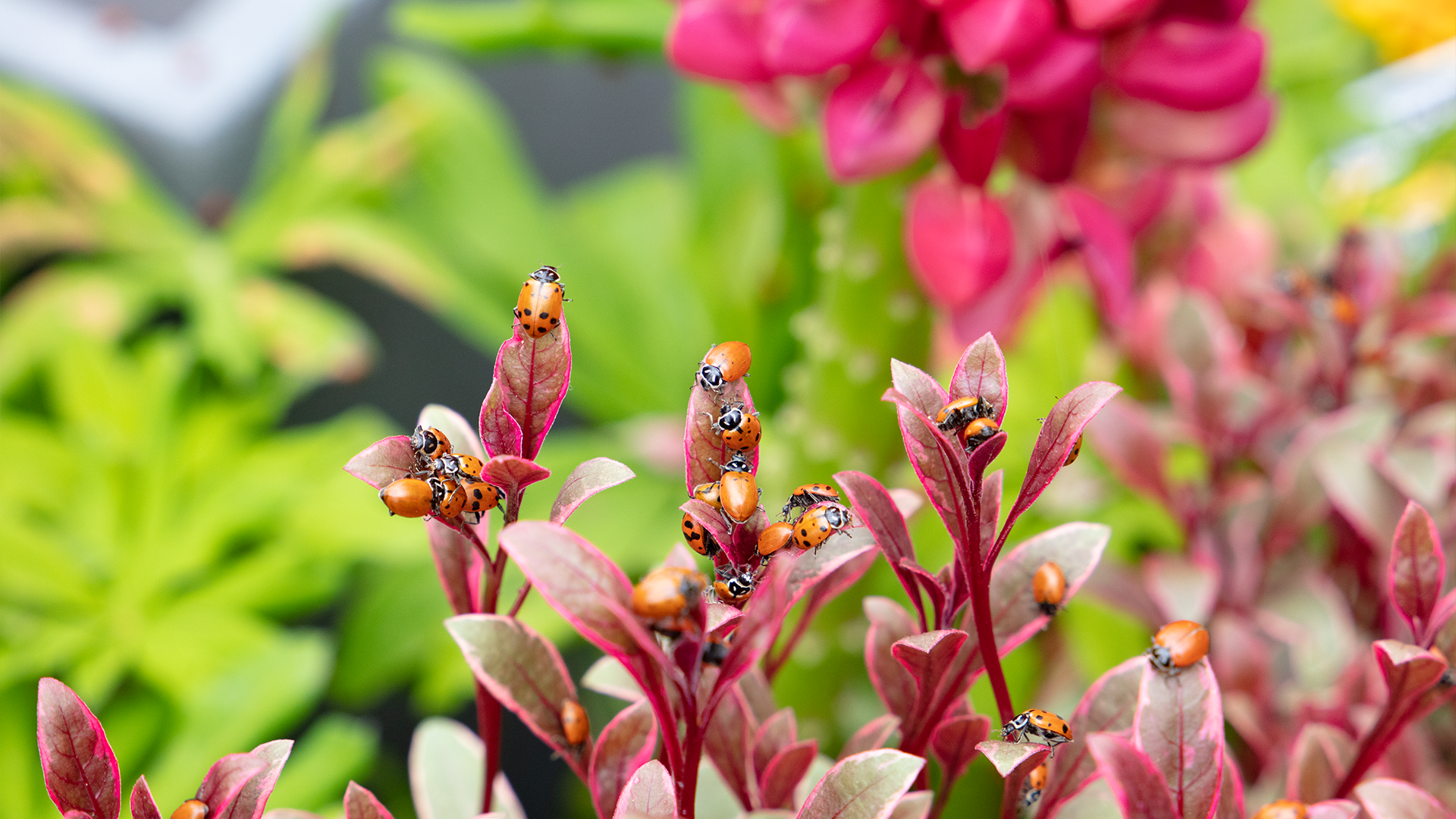
We have all the info you need to attract and keep ladybugs in your garden to help keep bad bugs out!
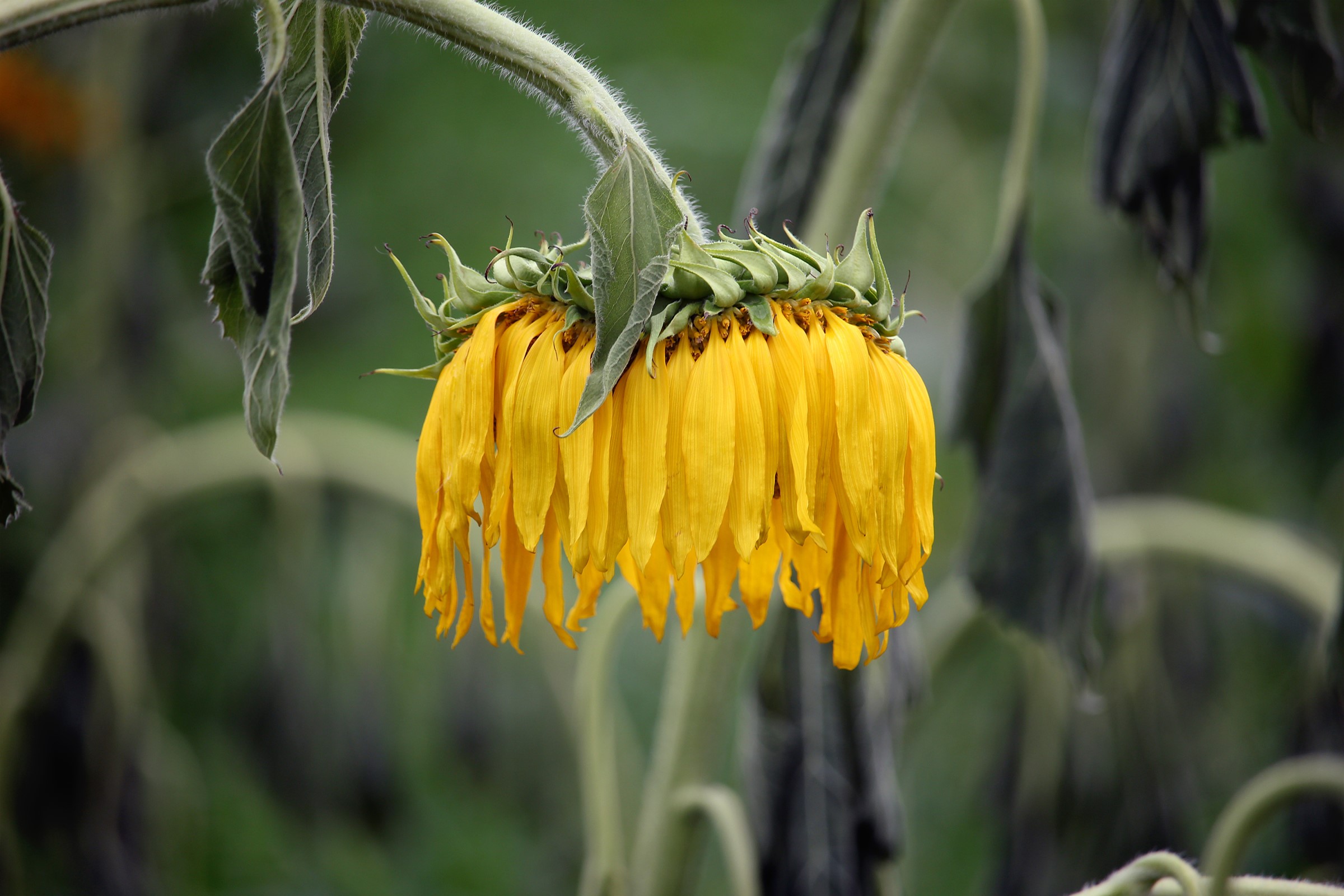
How should you take care of your garden during the hottest time of the year? We have some tips for you to keep your garden thriving in the summer heat.
